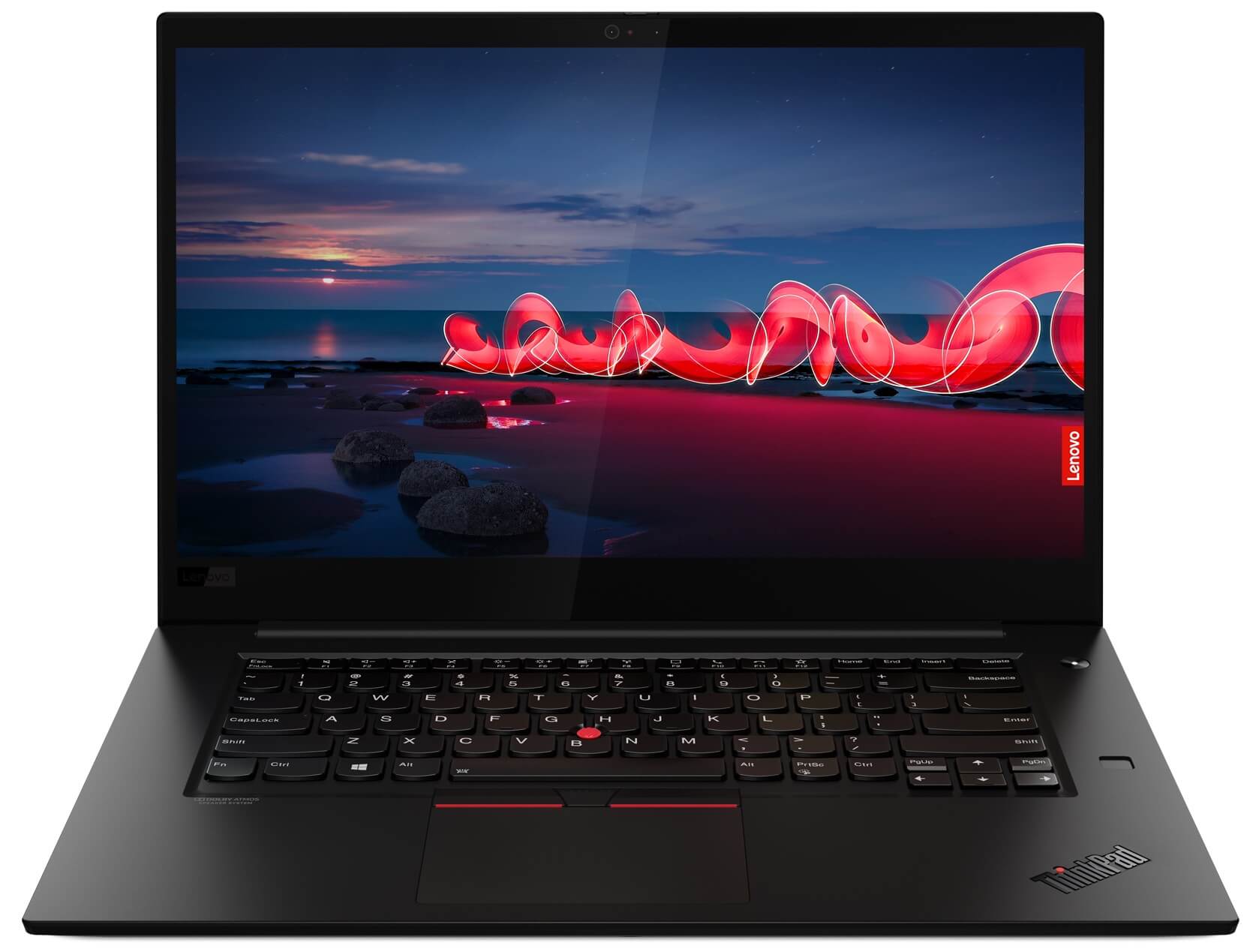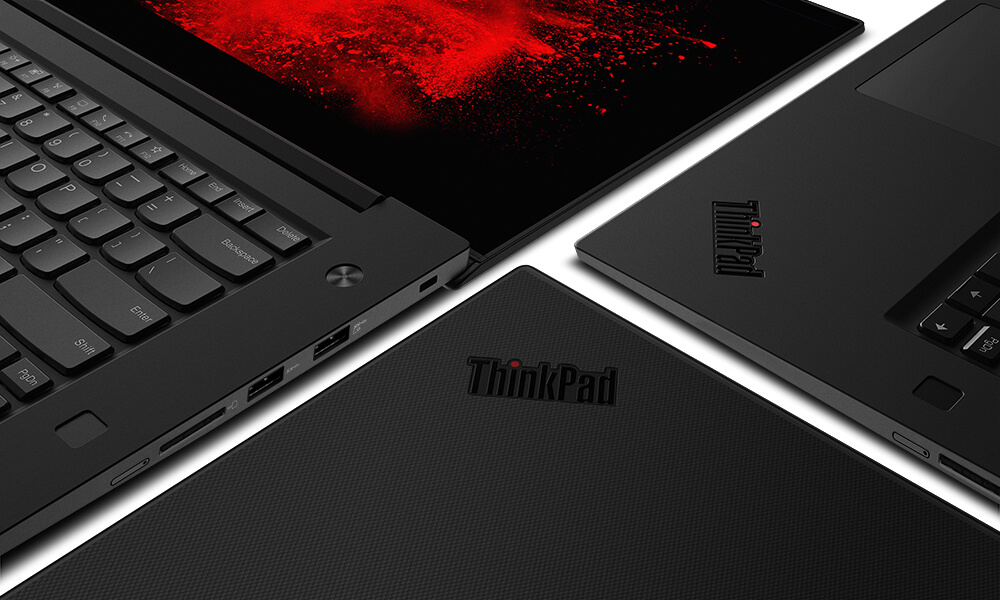In brief: Lenovo's new ThinkPads are designed to be the best portable workstations the company has ever made, sporting 10th-gen Core H-series CPUs, brighter displays, and a better cooling system capable of handling a new 'Ultra Performance Mode'. Professionals will no doubt appreciate the upgrades, but enthusiasts are still left waiting for the foldable ThinkPad the company showed off at CES earlier this year.
After refreshing its Legion gaming laptops with the latest and greatest internals including AMD Ryzen CPUs, and then dropping some new Windows 10 2-in-1s with detachable keyboards and optional LTE support, you'd have thought Lenovo would take a small break.
However, one of the reasons why the company is now the biggest PC manufacturer in terms of shipments is the variety of devices it provides for both consumers and enterprise clients.
That's also why Lenovo has updated devices like the 15-inch ThinkPad X1 Extreme with Intel's 10th generation processors, a brighter, 600-nit display, Wi-Fi 6 and CAT16 LTE-A connectivity, as well as the new Ultra Performance mode.

Lenovo is adding this extra setting on higher-end laptops to offer users the ability to push their systems beyond the standard power, temperature, and acoustic limits to achieve higher performance.
If you don't mind higher noise and power consumption, this will allow your laptop to go full throttle in workloads like games and video encodes.
The ThinkPad P15 and P17 are also getting the upgrade treatment, and along with it comes a redesigned cooling system – including a 30 percent larger heatsink, and new thermal mesh that allows for 13 percent more airflow. The two P-series laptops also feature the Ultra Performance Mode thanks to the better power and thermals.

Lenovo says it has chosen to go with a modular, daughter card design instead of a completely integrated mainboard, which means it's able to achieve four times the number of configurations compared to previous generations. The P15 and P17 can be equipped with up to 128 GB of RAM, 4 TB of SSD storage, and Nvidia Quadro RTX graphics with higher power budgets of 90 watts and 110 watts, respectively.
That means the otherwise large, 94 Wh battery won't be able to keep even the smaller P15 powered for more than a few hours in moderately intensive workloads. And all that computing power will cost you upwards of $1,979 for the P15 and $2,119 for the P17.

For professionals who are looking to get a thinner and lighter workstation, Lenovo has brought the third generation of the ThinkPad P1, which is equipped with a 4K, 600-nit display and a chassis designed to stay fingerprint-free for longer thanks to a new anti-smudge coating. It doesn't come cheap at a starting price of $2,019, likely over budget for most but demanding pros who want a very portable workstation, the P1 delivers.
Lenovo is also offering the ThinkPad P15v, which packs in Intel's H-series CPUs, a Quadro P620 GPU, and the same 600-nit display for a significantly lower starting price of $1,349.
All the new ThinkPads start shipping in July, and while they're impressive machines that will keep professionals happy, we couldn't help but wonder when we'll see the elusive ThinkPad X1 Fold that's supposed to take Windows 10 to a whole new form factor.
